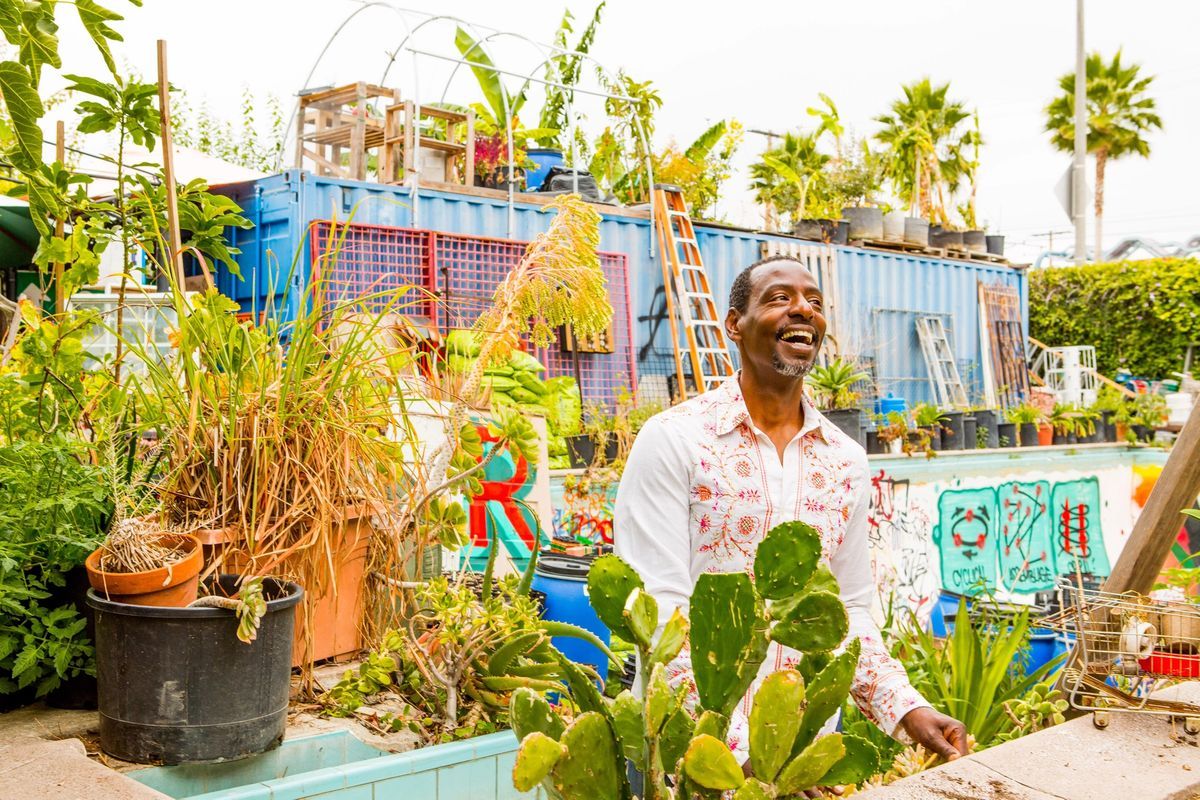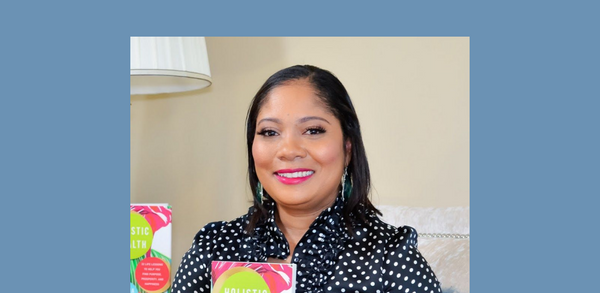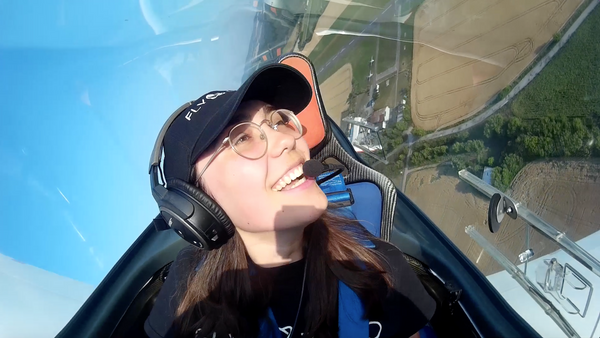Ron Finley: Transforming Humanity One Seed at a Time
Designer of life, Ron Finley, shows us during our discussion and his documentary, Can You Dig This, that you'll never see gardening the same.
By Victoria Oldridge
Ron Finley, referred to as the 'Gangsta Gardener,' began a revolution in South Central Los Angeles in 2010 when he began planting vegetables on the curbside strip next to his home. Tired of the food desert that spanned for miles, and lack of access to fresh food in his neighborhood – resulting in a slew of chronic diseases in adults and children alike – Ron created an oasis that brought those who crossed its path, to life. He co-created the Amazon Prime Video documentary, Can You Dig This with John Legend, and teaches a MasterClass.
Ron speaks with me from his swimming pool. His waterless pool, that is, because it serves as a super-sized plant pot that houses his backyard oasis where he points his camera toward a visiting hummingbird during our interview.
Victoria: South Los Angeles has a high concentration of fast-food restaurants and convenience stores – miles from access to fresh food – making it what you refer to as "A place where people die more by the drive-thrus than the drive-bys."
Ron: It’s by design that it’s (food) been taken from us. Who benefits from us not growing food? It’s all because the bottom line is money, not humanity. It’s hidden from us. We need to go from man’s need for greed to man’s need for seed. The soil is gangsta. I’m just trying to bring a light to the fact that it’s here. It’s before our eyes. Air is the single most important thing to your life. We should be on our knees saying the Pledge of Allegiance to the air. Can you see this humming bird here behind me? Air doesn’t have walls. We built the walls, we built the borders. Some people say ‘Why would you grow food?' 'Why wouldn’t you?' is the better question.
Who ever associated dolphins with that nasty water in Venice, Italy? Humans were removed for a couple of months into the pandemic, and because humans weren't there, dolphins came. Just started swimming around.

Victoria: You were a fashion designer years ago, and now you're a designer of organic life. How did you make that bridge?
Ron: Colors and fabric come from mother nature. Your clothes are grown -- wool, cotton, linens, hemp. It’s not a stretch. Design is design and I’m a designer. I wish I had the foresight to not study fashion design, but just design, and apply it to anything.
I’m dyslexic. I didn’t think schools were training us to think. Forget standardized education. We’re not standardized, we’re custom. Everybody. I’m a triangle, I can’t fit into your round hole. They’re teaching us to be drones. Robots.
There are certain lessons that we need that we’re not getting, and it needs to start in the schools since that’s where we’re spending so much time. Why isn’t the school inside the garden opposed to the garden in the school? Why can’t the classroom be outside?
Once you’re in it, you have to bow down, and kids need to get into this appreciation early, to build the respect for where we are.
Victoria: When did you realize that growing flowers, trees, and food was your mission?
I had an epiphany when I saw my compost pile steaming for the first time. It was making all these sounds. It was alive. When you see compost, you see this cycle happening -- you see the leaves falling from the tree becoming mulch, then turning into soil and feeding the tree.
Victoria: I've read about plant science data that explains the receptivity of plants to people speaking to them or playing music. What's your experience?
Ron: I play house music for my plants. This woman near here had a lemon tree and it wasn’t producing any lemons for a year. She cussed the tree out and told it that she was going to cut it down, and there was an abundance of lemons the next season. Everything on this planet is alive. There’s a place where they connect sensors to plants and you hear this orchestra of sounds -- even a strong base sound, like a room of sound and vibration.
Victoria: What have you learned about the life cycle through all these years of observation and growing everything under the sun?
Ron: I’m an urban anthropologist and sociologist without spending the $350k to get there. I put this garden out here on the street and I get to study how people interact with this kind of surrounding compared to another surrounding. How do they react to a 14-ft sunflower? How do they react to smelling jasmine or casablancas? I’ve had people come to my garden and just cry because they sense an overwhelming energy.
Nothing dies. When we die, does the energy within us die? No. The energy is going somewhere.
Victoria: If we grow something through hydroponics are we cheating?
Ron: Get one and see. That way you can do a side-by-side taste test with soil. Does my arugula have the same flavor? It’s real simple: In the scheme of things, you can’t mess with soil. It’s magic. I don’t even think soil scientists really understand it. All of a sudden, I put this little seed in the ground, and the seed literally destroyed itself to give me a 100ft tree. In this little seed is a thousand more seeds!
Victoria: Because the city of Los Angeles owns the parkways, you had to battle the city to be able to grow fresh food on that land for your community. What made you persevere?
Ron: A lot of the things I say are open-ended because it should be your question and answer to figure out. I’m not an expert or master gardener. This is my lab, like a scientist. This is an experiment in humanity, sociology. There are no mistakes in the garden. There are only lessons.
We adapt. I have pain here in my wrist, but we still make things happen. Get out of my way. I’m going through the wall, around it, over it, under it. It’s your story. You can start it at the end, in the middle, at the beginning, and go back to the end and the beginning again. There are no rules, no box. Do you. If you plant a garden, what story do you want to tell, and why? The story is up to you.
Follow Ron Finley on IG: @ronfinleyhq
Facebook: @ronfinley
Website: Ron Finley
Amazon Prime Video: Can You Dig This?



